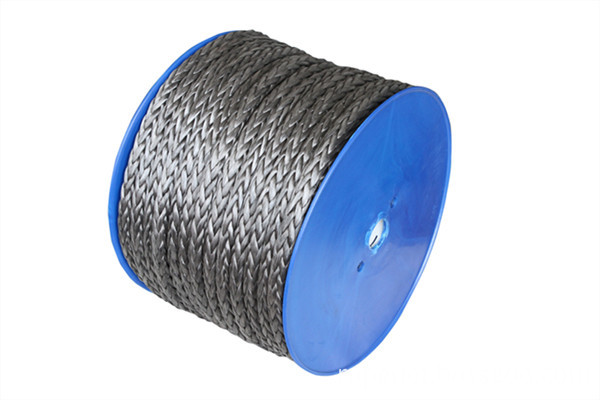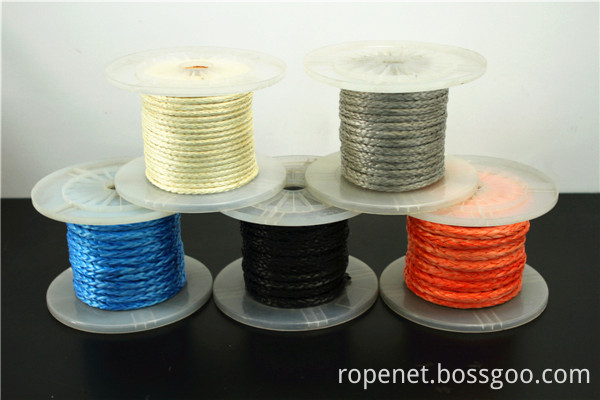Discoloration, lint, blistering, and peeling failures caused by poor surface strength of white paperboard When the surface strength of the whiteboard paper is poor, printing is likely to cause powder fall, lint, blistering, and peeling failure. Falling powder refers to the fact that the paper surface falls off the powdery material, such as paint, fillers, pigments, etc., from the paper surface. Lint off means that the fibers on the paper are peeled off from the surface of the paper during the printing process. Paper blistering and peeling means that during the printing process, the outer surface of the paper, under the action of external forces such as the peeling force of the printing and the adhesive force of the ink, causes the coating, the surface layer and the low pulp fiber structure of the paper to split and cause blistering or peeling. phenomenon. From a print quality point of view, the use of paper with high surface strength and good quality is the best choice for avoiding the problems of powder falling, pulling, blistering and peeling on the paper surface and improving the printing quality of the product. However, what kind of paper is used for printing is often not determined by the printing factory unilaterally. Some common products, customers only require the use of low-end white paper to print. This requires that some necessary measures be taken from the printing process in order to prevent the occurrence of printing quality failures. According to the experience of the printing production process, the following measures can be taken to reduce or avoid the occurrence of paper flour, nap, blistering, and peeling quality failures on paper with poor paper surface strength. Adjust the ink viscosity when appropriate. Papers with poor surface strength on paper, if printed with high-viscosity inks, are most prone to powder failures, naps, blisters, and peeling quality problems. In this regard, additives suitable for the printing process conditions may be selected to adjust the flowability and viscosity of the ink in order to reduce the adhesion and stripping tension of the ink layer to the paper surface during the printing process. In the past, in the practice of letterpress printing machine production, when printing whiteboard paper (in-place layout), we encountered severe powder dropping, blistering, and peeling failures. First, we used detackifiers and adjusted the viscosity and fluidity of inks. The problem of powder, blistering and peeling was solved, but the effect of printing ink was not ideal, the layout was very obvious, and the drying speed was slow. Later, the use of bright oil to adjust the flow of ink, not only play a role in reducing the viscosity of the ink, and the printed product is full of ink, high brightness, good visual effects, drying speed is also fast. Therefore, the selection of suitable additives according to the printing characteristics is a very important technological measure. Adjust the proper printing pressure. If the printing pressure is too light or uneven, the ink layer on the plate cannot be completely and evenly transferred to the surface of the paper, and the printing defects of the printing are likely to occur. However, if the printing pressure is too heavy, the coating layer on the paper and the fiber structure are easily damaged, and powder falling, linting, blistering and peeling quality defects are easily caused. Therefore, the use of uniform and appropriate printing pressure is an important condition for achieving good ink transfer, and it is also one of the technical measures to prevent the occurrence of undesirable problems. Adjust the appropriate printing speed. In the daily production, if the cardboard with poor surface strength is printed at a higher speed, the phenomena of falling powder, pulling hair, blistering, and peeling quality will obviously increase. On the contrary, if the speed of the machine is lowered for printing, this failure phenomenon will be significantly reduced. This is due to the high printing speed and the large peeling tension in the printing process. In this way, the sticky ink layer on the printing surface is not quickly, evenly and completely absorbed by the paper surface during printing and separation. The partial coating or fiber pulls off. Therefore, the paper with poor printing surface strength should be printed at the lowest speed, which is beneficial to reduce or avoid the occurrence of powder falling, napping, blistering and peeling quality. Choose the right machine for printing. What type of printer is used for the paper with poor surface strength has a great influence on the printing quality. For example, the letterpress process is used as an example. If a flat and flat machine is used for printing, the ink layer on the printed sheet and the plate surface are in contact with each other at the same time and thrown away. The greater the area for separation, the greater the tension of the peeling and the paper surface. The coated layer or fiber is easily pulled off. In a press with a round-flattened or round-pressed structure, the ink sheet on the printed sheet and the plate surface is separated by a linear contact, and the tension when the printed sheet is peeled off after absorbing the ink is also small, and it is not easy to destroy the paper surface. Therefore, for the paper with poor surface strength, printing with a circular press structure will help improve the printing quality of the product. Reasonably arrange the printing color sequence. The reasonable arrangement of the printing color sequence is an important link to prevent the paper from falling off or fluffing. Therefore, for paper with poor surface strength, the printing should be done first and then the printing should be done before printing the large layout; the low viscosity ink should be printed first. Large ink (non-color overlay printing plate products). If multi-color printing is used, there are no more color groups. The front color group can be omitted. This allows the paper to be empty past the previous color group or to be imprinted or past the water through the preceding color group. Significantly reduced when the print off or pulling hair phenomenon. The paper with poor surface strength was adjusted for small printed products. For some paperboards with poor surface strength, despite various methods, they still cannot solve the problem of powder and paper blistering. This is because the adjustment of the ink viscosity and peeling tension is after all limited, and there is no certain sticky ink, and it is difficult to achieve normal printing. For example, when we once printed a batch of whiteboard paper (beerboard paper) that absorbs ink in full quantities, the viscosity of the ink has been adjusted to the minimum limit. However, the paper still has blistering when printed locally, which seriously affects the product quality. Later: We adjusted the paperboard to print products with less ink absorption, and no paper blisters appeared. Therefore, according to the characteristics of printing products, choosing the right cardboard for printing is also one of the important measures to prevent quality defects.
UHMWPE Rope
The UHMWPE Rope (High Performance Rope) is made of Ultra-high Molecular Weight PE fiber. It can be used as Marine Salvage Rope, Anchor Rope, Spectra Rope, Winch Rope, Mooring Rope, Tugging Rope, Sailing Rope, Tugboat Rope, Towing Rope. Our UHMWPE Rope comply with ISO 10325-2009 standard. The rope is braided under 8 Strands and 12 Strands structure.
Description of UHMWPE Rope
This kind of rope is super wear resistance, soft and high safety. Fiber elongation at break is about 3% which is far lower than the steel wire rope and other chemical fiber rope. It is low density, light weight. Product performance is stable, anti-corrosion, acid and alkali resistant. The rope is aging resistance, UV protection, and long service life.
Feature :
1. Super wear resistance, creep resistance is good, soft and high safety
4. Product performance is stable, anti-corrosion, acid and alkali resistant, corrosion.
7. Metal link using thimble capel and hook, make sure strong and durable.
Diameter
Line density
Break force
kN
2
1//16
2.5
±10
3.4
4
5//32
12
17
6
22.5
33.0
1//4
24.5
37.4
8
5//16
41
±8
58,7
10
62
92.0
12
87,0
132
14
9//16
117
180
16
5//8
151
±5
235
18
190
283
3//4
198
290
20
232
340
13//16
253
370
22
281
400
7//8
292
410
1
324
450
24
331
±5
470
26
384
540
1 1//16
409
575
28
445
610
1 1//8
475
650
30
506
690
If you need more info about UHMWPE rope, pls kindly send email to us directly.
(to be continued)
2. Fiber elongation at break is about 3% which is far lower than the steel wire rope and other chemical fiber rope
3. Low density, light weight, compare with same specifications steel wire rope, the weight is only about 1/7
5. Ageing resistance, UV protection, and long service life.
6. Low temperature resistance can work normally under minus 12 degree centigrade.



UHMWPE Rope
UHMWPE Rope,High Performance Rope,High Performance UHMWPE Rope
ROPENET GROUP CO.,LTD , http://www.cordnet.com